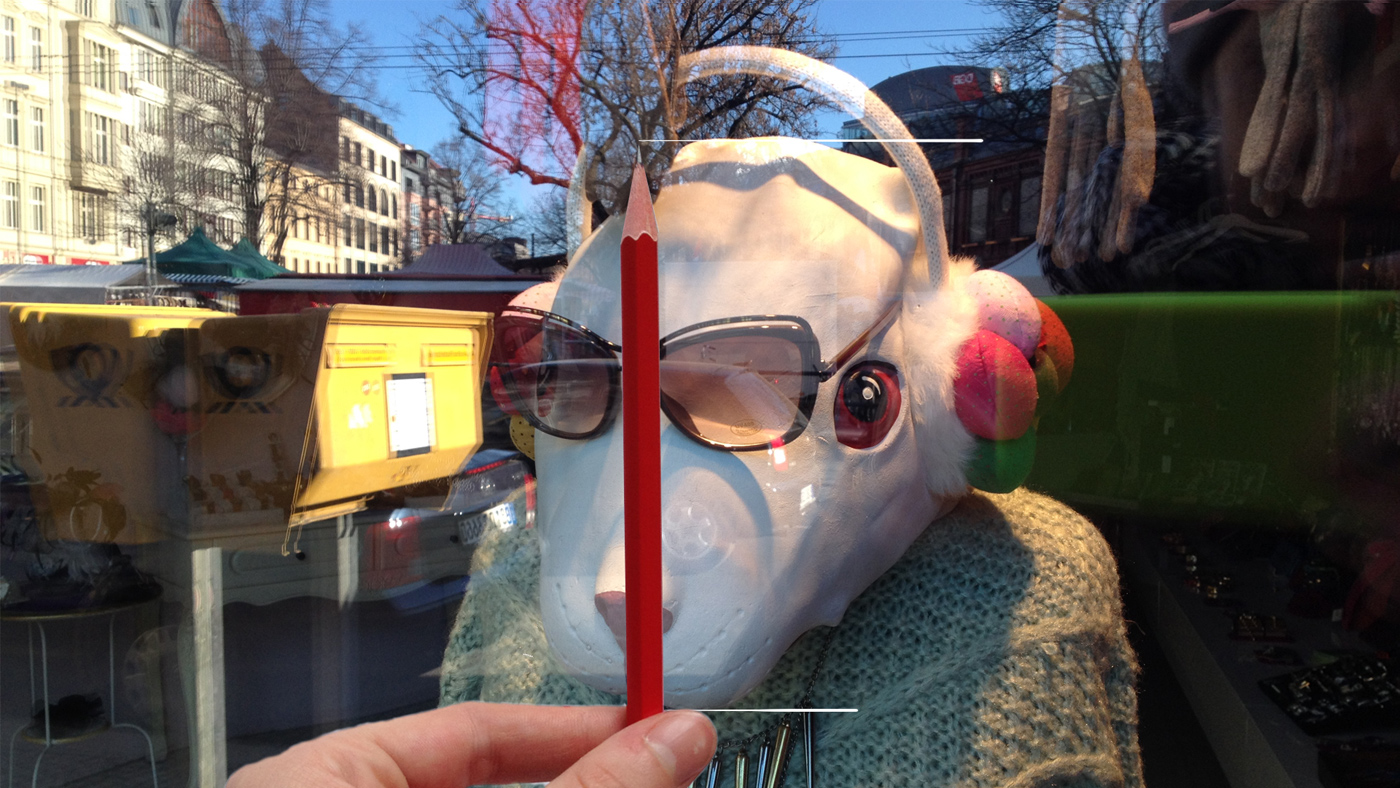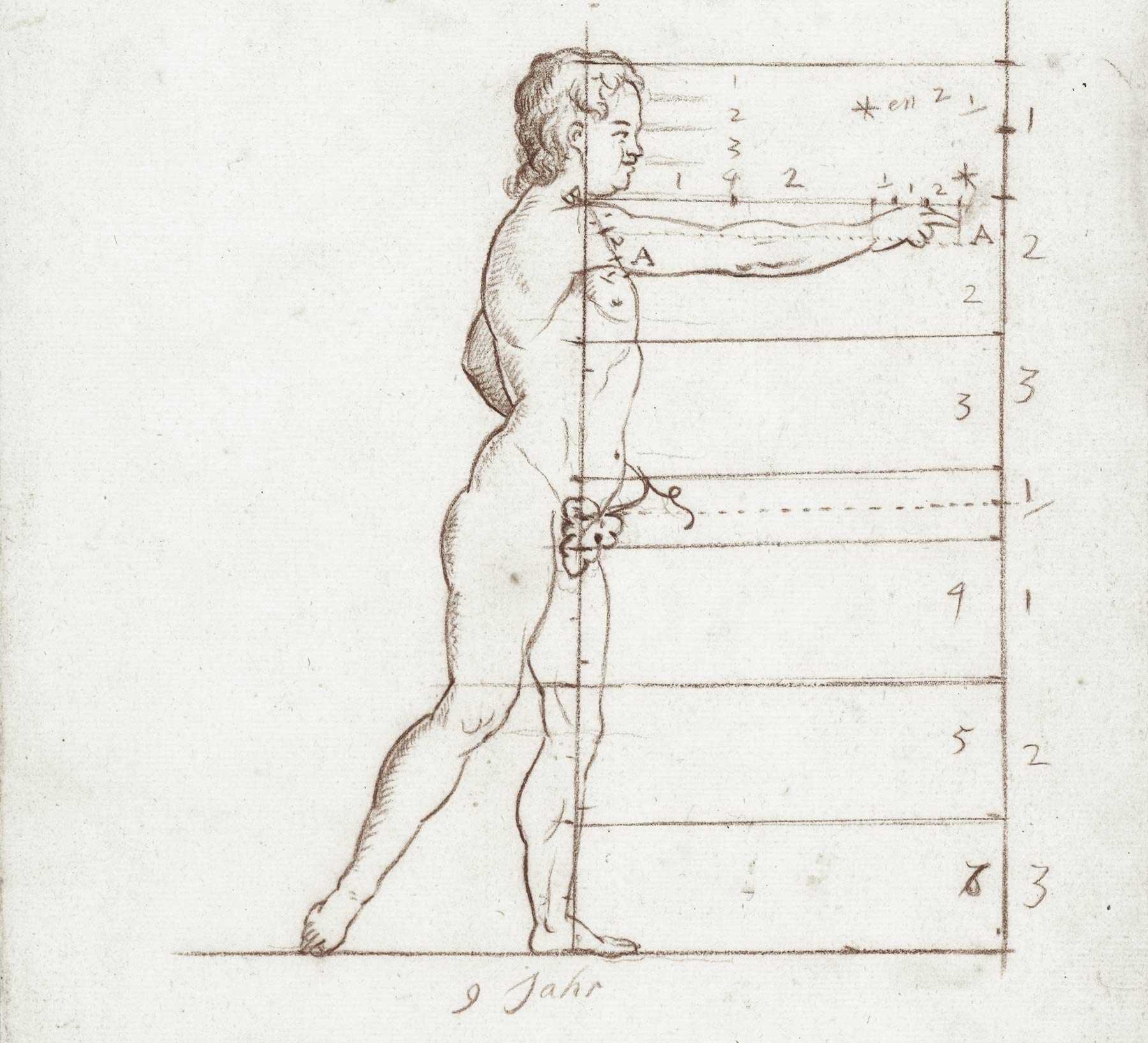Measuring
Rule 8
workload …
If proportions should be on the right place, then directions and lengths must be checked.
The first thing you always do is measure. To get a nice and correct image you always have to measure
You can never trust your feeling for depth when you depict something in the space. this is why you start all sketches with gauging proportions and directions.
Watch the film to learn about the 8th rule.
Script
Hello and happy sketching,
Now it’s getting a bit more serious. Whereas we used to concentrate on lines and perspective, we often neglected proportions. Most of the time this is not so bad, because if you work observationally, it usually works itself out. But the human brain has a tendency to interpret things according to their importance. And that means that important things are often displayed larger. There is a technical term for this: perspective of meaning.
You can see it very clearly in this child’s drawing.
But we keep as much distance as possible from children’s drawings, because they are often toxic in a professional environment. We draw because we want to evoke a realistic idea.
Exactly, you already know that – not with realistic finished pictures, but with sketches in a loose style, so that the viewer can call up in his mind the picture he experiences as perfect.
If we want to draw things, or especially people, whose character traits depend on proportions, we have to get them right.
To do this, we need the help of the ray theorem.
In this illustration, you can see how it works. The most important thing to remember is the picture plane. Exactly. The picture plane is a flat surface, so imagine a pane of glass standing vertically between you and the object you want to draw. And you can imagine your sketch as if it were a drawing on that plane of glass.
This means that however you measure, you must hold the pencil so that it is always flat on this picture plane. You can’t tilt the pencil into space.
A bit hard to imagine: it can be. That’s why we’re going to do an exercise.
Look at the pictures carefully. They will help you to understand the exercise.

You see, I’m standing here at a store window and I see this strange creature. When I want to measure the size of this creature, or its face, I hold the pencil with the arm fully extended in front of the glass (picture plane) and measure the length. Pencil point to the crown of the head, thumb to the lower end of the chin. This way I have transferred the size to the length of the pencil so that I can further transfer it to the paper. And don’t forget, very important: the picture plane is always like a window pane. You can’t tilt the pencil into it. The window pane is always vertical. So it is always measured vertically.
We measure because we have no feelings for length?
The worst mistakes happen in the first two minutes of sketching. Therefore it is better to gauge all the directions and lengths.
Go to the Rijksmuseum Amsterdam
Perspective of a cube with shadow, Elisabeth Kemper, 1816 – 1852, brush


